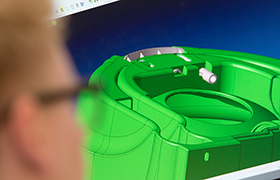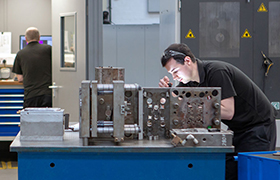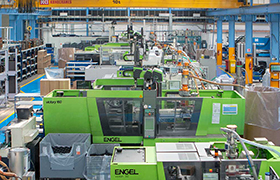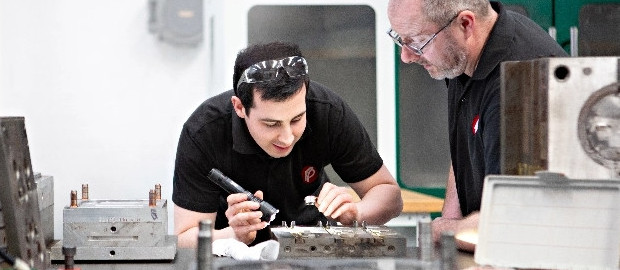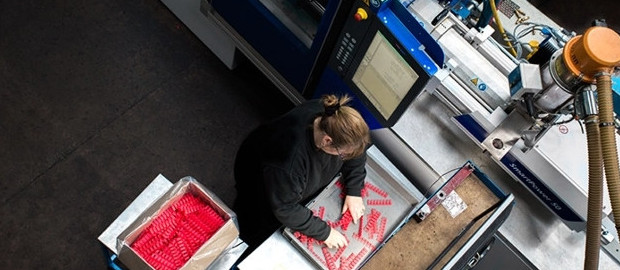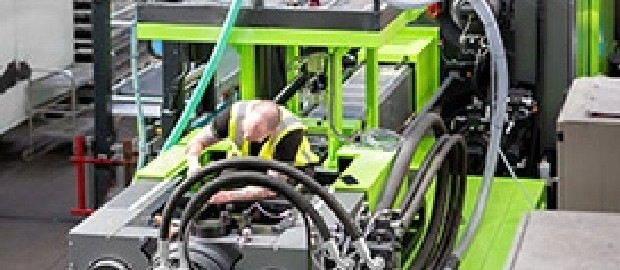FOOD CONTACT PLASTICS
Plastics are widely used in the food industry – most notably in packaging. They also come into contact with food in other situations, such as lunch boxes, measuring jugs and plastic plates and cutlery. But did you know that regulations apply to anything that could come into contact with food, for example the tray on a child’s highchair?
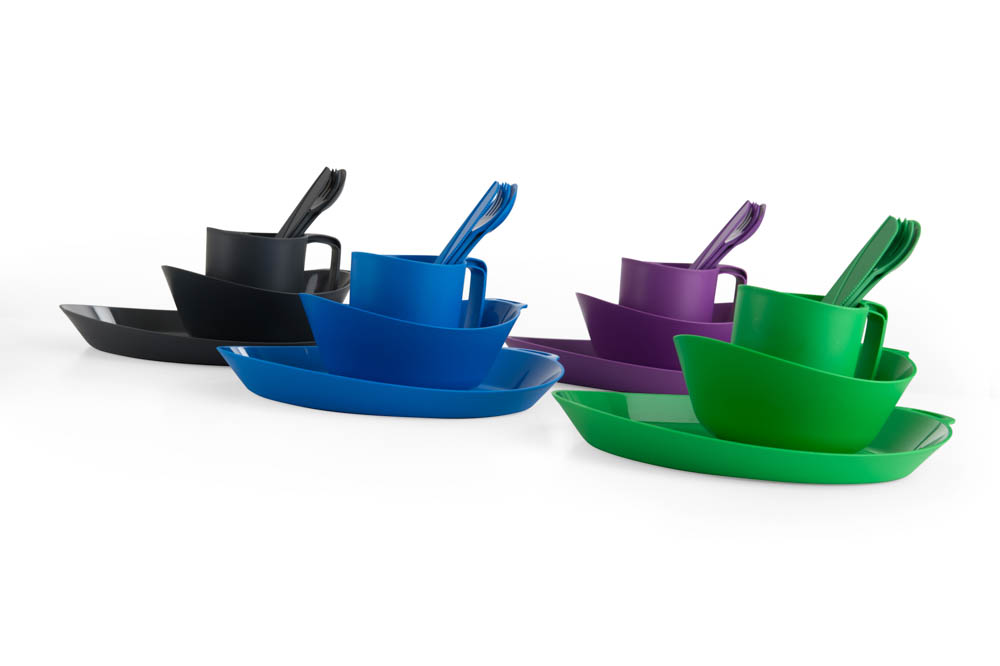
Not only do the foodstuffs themselves vary from acidic, e.g. fruit juice, to fatty, e.g. cooking oil, but also temperature, from below freezing for ice cream containers, for instance through to microwavable containers where the temperature of the contents can reach 100C.
There are clear tests laid down by the EU (Regulation 10/2011 and amendment 1282/2011) and the US Food & Drugs Administration (FDA). There are some materials currently exempt: ion exchange resins, silicones and rubbers. These will be covered by separate regulations but these are yet to be published.
There are two types of limits: Overall Migration Limit (OML) and Specific Migration Limit (SML). The OML is the maximum amount of non-volatile substances permitted to be released into the food. There is a lower limit set for items that come into contact with food for infants and young children.
Six simulants are used to carry out the testing, these emulate the different types of food such as acidic, alcohol or fatty. The type of test will also vary dependent upon the intended application – i.e. the type of foodstuff and the likely temperature. For a polymer, such as polypropylene, the application could be anything from a freezer container to a microwavable container or a kettle. In this case the polymer would be tested using all simulants and tests.
The other measurement is the SML. For this method the conditions of worst foreseeable use determine the testing procedure.

